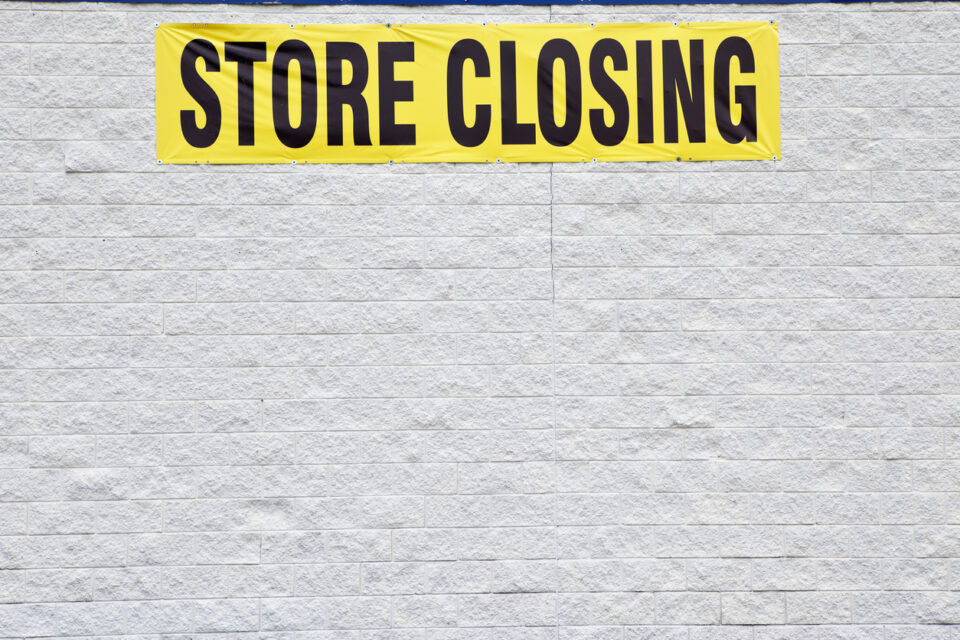Phases of a Commercial Foreclosure Filing
Date
July 8, 2020
Read Time
3 minutes
Share

As courts in Illinois begin to reopen, there is sure to be a flood of new commercial foreclosure filings in the wake of the financial hardships caused by the COVID-19 pandemic. While lenders can expect significant delays and backlogs, what follows is an estimated timeline of the necessary phases of a commercial foreclosure filing.
- After the complaint is filed, the sheriff or special process server has 30 days to serve the defendant with the complaint and summons. If the defendant cannot be served within that time, an alias summons must be issued and additional attempts made. This period can last for several months, especially if the defendant is difficult to serve or avoiding service. Fortunately, and in most instances, service is relatively easy as the property is owned by a company required to have a registered agent for service of process at a specific address.
- Once the defendant is served, they will have 30 days to file a response to the complaint. This time period can be extended (usually for another 30 days) if the defendant requests it. At the beginning of the case, the lender should move to appoint a receiver if that is something it wants. Various factors to consider in determining whether to appoint a receiver include whether the property is generating rents the lender will want to collect; whether the property is being mismanaged; or whether the lender may want to use the receiver to sell the property in a private sale instead of proceeding with a foreclosure auction.
- If no response to the complaint is filed, the lender can proceed with a motion for default judgment and judgment of foreclosure and sale. If the defendant files a motion to dismiss, it will be necessary for the lender to file a response and the court to hold a hearing, which can take an additional 45 to 60 days. Once an answer is ultimately filed, the lender can proceed with a motion for summary judgment and judgment of foreclosure and sale, assuming that no factual issues in dispute (which is typically the case).
- Once the judgment of foreclosure is entered, assuming any right of redemption has been waived in the mortgage (which is typically the case), the foreclosure sale can be scheduled. As the sale needs to be published once a week for three weeks, this process usually takes 30 to 45 days.
- Once the foreclosure sale has been held, a motion to confirm the sale needs to be filed. The defendant may ask for time to respond to the motion and assert a challenge to the sale, in which case, it could take another 45-60 days for the sale to become final.
Under pre-COVID court conditions, an uncontested foreclosure could take 6-8 months. A contested foreclosure could take much longer, especially if the defendant issues discovery, which would delay the timeframes above. It remains to be seen how the backlog caused by the extended court closure will affect timing going forward.
However, there are many ways for an aggressive lender to push a foreclosure to conclusion. The appointment of a receiver and collection of rents, if available, can alleviate some of the lender’s financial burden while the foreclosure is pending. Drawing on decades of experience in commercial foreclosures, Levenfeld Pearlstein is well-equipped to represent lenders aggressively, effectively and efficiently.